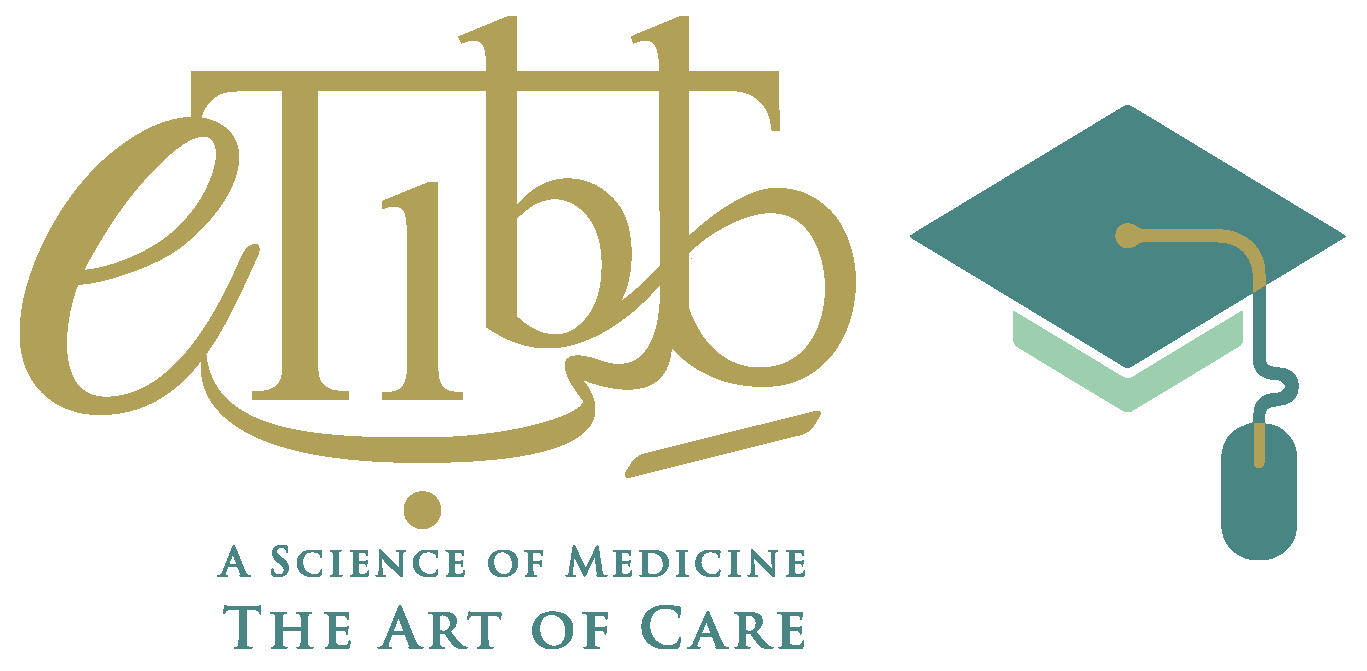Module 1 The History of Tibb
Learning Outcomes:
- An appreciation that the history of Tibb spans over five thousand years.
- Being aware that the dominance of Western medicine has only been over the past
- two centuries.
- Being aware that Tibb can address the global challenges facing healthcare today.
In this video, Professor Bhikha details the history of Tibb over the centuries and the revival of this holistic system of medicine.
Introduction
The history of medicine is as old as the history of man. Over the centuries Tibb, which began with recorded history of the Egyptian era, was known by many different names – Greek medicine, Greco Arab medicine, Western herbal medicine, and Unani medicine, which is still extensively practiced in the Indian subcontinent.
Being aware that the dominance of Western medicine has only been over the past two centuries.
| Before CE | Egyptian Era | Imhotep(2980-2600 BCE) |
| Before CE | Greek Era | Hippocrates (460-370 BCE) Humoral Theory |
| 000 – 530 | Greek-Roman Era | Galen (129 – 200CE) |
| 530 – 1300 | Arab Era | Ibn Sina (980 – 1037 CE) Practice of Medicine |
| 1300 – 1800 | Tibb in Europe | Culpepper (1616 – 1654) |
| 1200 – present | Tibb in Indian Subcontinent | Well established Hospitals and Clinics |
| 1997 – present | Tibb in South Africa | AHPCSA 2001 |
The Historical progress of Tibb over the centuries
The above table describing the historical progress of Tibb, highlights that Tibb is more than 5000 years; starting during the Egyptian era, with Imhotep who was known not only as a physician but also a sorcerer and magician. This was followed by Hippocrates, who established medicine on a scientific basis by removing superstition and magic with the principle of cause and effect. More significantly Hippocrates hypothesised the theory of humours to which Galen added the concept of temperament. During the Arab era, the theoretical principles of Hippocrates and Galen were developed into a practice of medicine that covered all aspects from health maintenance, cause/s of disease, how diseases develop, diagnosis and treatment as described in Ibn Sina’s Canon of Medicine. The Canon was used as the primary reference textbook for training of doctors until the end of the seventeenth century in most parts of the world, including Europe. The famous English physician, Nicolas Culpepper is one of the prime examples of Doctors who practiced medicine as described in Ibn Sina’s Canon.
Where are we now?
The time-tested system of Tibb, has unfortunately been overshadowed by recent technological advancements in medicine, discoveries about the complex structure and function of the human body, and more particularly, with the advent of the microscope which enabled identification of microorganisms.
These discoveries have resulted in the holistic or integrated approach of considering physical, mental, emotional, and spiritual aspects when determining the cause of health and disease being replaced with a reductionist approach. This reductionist approach is termed the doctrine of specific aetiology where most illness conditions are limited to a single cause. For example, HIV causes Aids, Mycobacterium tuberculosis causes TB or a breakdown in communication between the nervous and muscular system results in Parkinson’s.
The doctrine of specific aetiology together with the advancements in diagnostic imaging technology, such as sonars, CT and MRI scans, as well as the development of synthetic chemical medication and, without a doubt, the advancement in sophisticated surgical procedures, has led to the current dominance of the practice of Western or Conventional medicine.
Interestingly, renewed interest in Tibb is taking place in different parts of the world; in China it is known as Urghur medicine, in Iran as Persian medicine, Anatolian medicine in Turkey and European traditional medicine in Europe.
The tried and tested philosophical principles of Tibb, which provide a comprehensive understanding of not only the causes of illnesses and the application of treatment, but also actively promote health and wellness, can most certainly address the global challenges facing healthcare today.
Reference
- Bhikha, R. 2006. 4 Temperaments 6 Lifestyle Factors. Ibn Sina Institute of Tibb. South Africa.
- Tobyn, G. (1997). Culpeper’s Medicine: A practice of Western Holistic Medicine. Element Books Ltd.
- Dubois, R. 1954. Doctrine of Specific Aetiology. https://concept.phil-fak.uni- koeln.de/sites/concept/user_upload/Lauren_N._Ross.pdf
